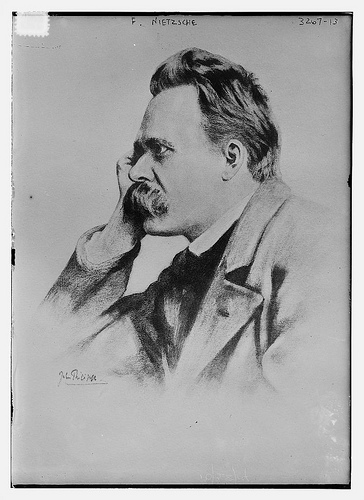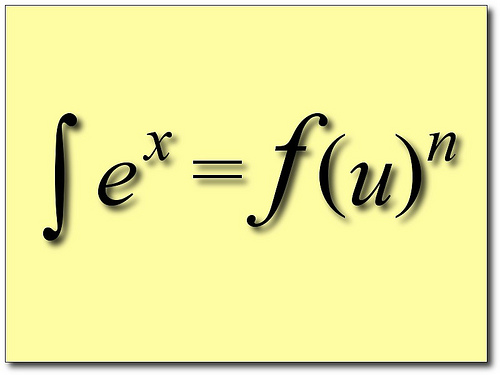The Unreal Universe — Seeing Light in Science and Spirituality
This essay, originally written for a Singaporean newspaper The Straits Times, was published in an altered form in a philosophy magazine called The Philosopher. The published article (also posted in this blog — Perception, Physics and the Role of Light in Philosophy) had too much editorial input, I felt.
We know that our universe is a bit unreal. The stars we see in the night sky, for instance, are not really there. They may have moved or even died by the time we get to see them. […]




